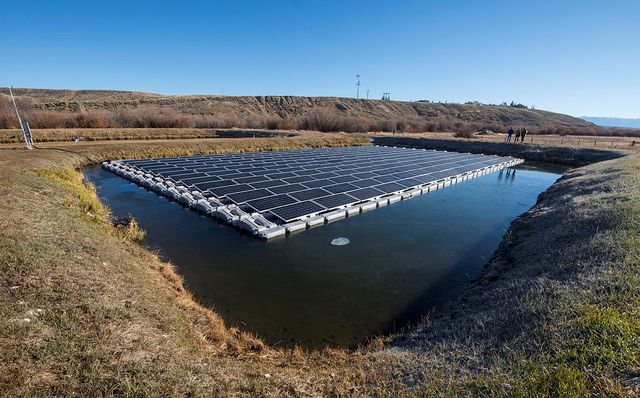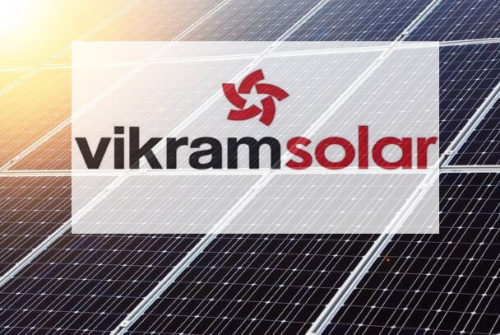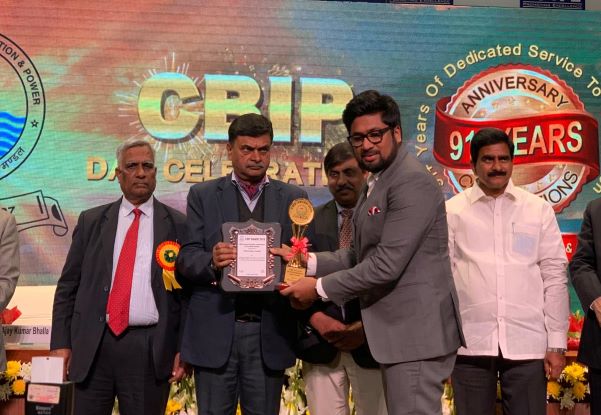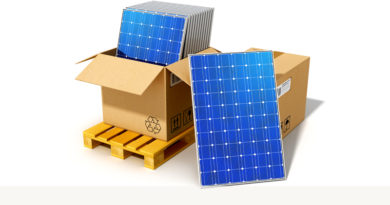Vikram Solar Bags 1 MW Floating Solar Project in Rajasthan
 Finding New Sites. Reference Image
Finding New Sites. Reference Image
Vikram Solar, a leading domestic module manufacturer and solar solutions provider has bagged an order from Sterlite owned Hindustan Zinc Limited. The plant for a 1 MW floating solar set up will be located at Ghosunda Dam, near Chittorgarh, Rajasthan. The dam was constructed by Hindustan Zinc Limited.
The floating plant will contribute to saving water evaporation loss, reduce the development of algae, and obviously save land. This project reportedly is one of the first MW-scale Floating projects in India for the Indian Private sector, after Visakhapatnam comissioned its 2MW plant on a reservoir last year.
The Floating Solar project is expected to be commissioned by July 2019. This solar plant is expected to have an energy yield of 1993 MWh/Year, enough to power close to 1400 houses per year.
Ravindra Goyal, Head- EPC Sales, Vikram Solar, said on the occasion, “We are honored to be chosen by Hindustan Zinc Limited to execute this project. As a leading solar EPC player, it is our pleasure to once again contribute to the Indian solar revolution in a pioneering way. We congratulate Hindustan Zinc Limited for taking a step towards green energy transition and we look forward to participating in more such innovative projects in the country.
Arun Vijayakumar, Director Projects, Hindustan Zinc Limited said, “Hindustan Zinc Limited has always contributed to Indian green energy shift and Floating Solar plant is one such initiative. When we decided to take our first step towards an innovative solar installation, we thought it best to award the job to one of the established solution providers. We are hopeful of successful completion of the project by Vikram Solar Limited and we look forward to strengthening our business relation.”
Floating solar plants are potentially an attractive option to tackle land availability issues in a country that is land scarce like India. The concept involves setting up solar panels on floats placed on dams, lakes and similar water bodies. However, the indigenous production of floats, which substitutes land in a floating solar power set-up, at present, is minimal.
However, costs remain higher than regular plants, though they seem to be coming down faster than expected. A few global and domestic firms are getting into the business with serious intent, and by 2020, we might actually have quite a few large projects going. The 150 MW Rihand project for instance, once it is actually up, could be one of the largest floating solar plants in the world. While floating plants face a serious challenge in power evacuation, or instance, that is not the case for this project of Vikram Solar as it is close to power transmission lines.








